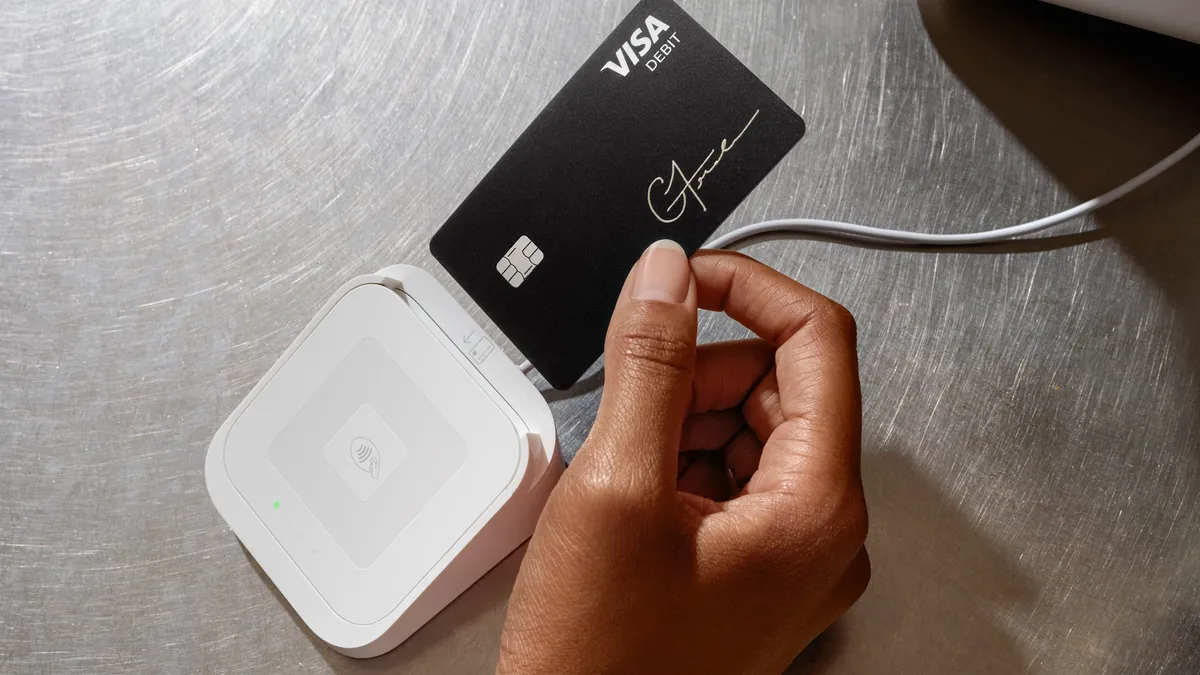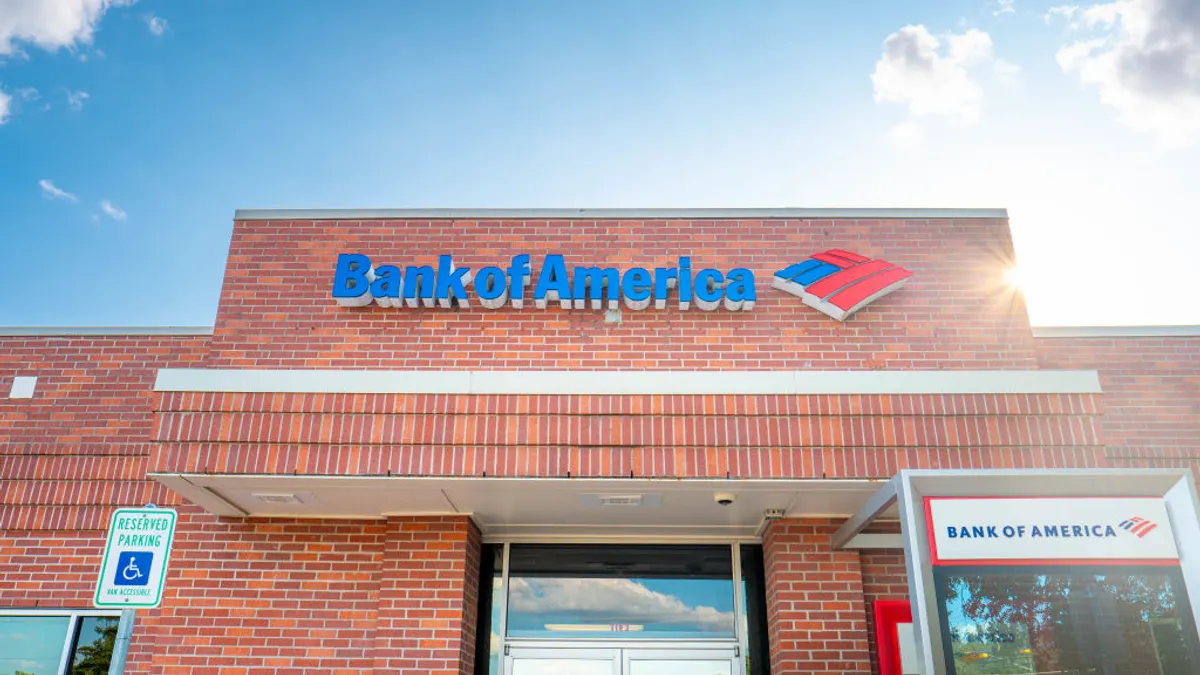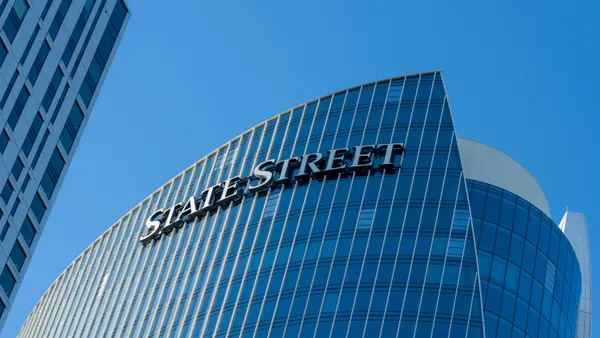Square’s acquisition of buy-now-pay-later (BNPL) firm Afterpay will further entrench the payments provider into the small-business and consumer-banking space, a move that should concern some traditional financial institutions, industry observers said.
The $29 billion deal, which Square announced this month, is expected to close by the end of the first quarter next year, and will bring the Australian firm’s point-of-sale financing technology and large merchant portfolio under Square’s umbrella, further enabling the San Francisco-based fintech to continue its aggressive push into banking services.
"The more capabilities that Square rolls into the Cash App, the more reason they are giving consumers to switch their primary banking relationship over to the Cash App," said Alex Johnson, director of fintech research at Cornerstone Advisors.
Johnson said banks shouldn’t simply be viewing Square’s Cash App as a novelty that competes with Zelle, the peer-to-peer digital money service used by the largest banks but rather as a product that can compete with a bank’s checking accounts, investment products or saving products.
"Cash App is going to get more into the savings and deposits now that they have a charter," said Johnson, referring to the industrial loan company (ILC) charter Square was granted last year. "A bank’s small-business banking and lending capabilities, and now a bank’s credit card program — Cash App can credibly compete, from a product feature standpoint, with all of those."
The deal also has large implications for Square’s newly launched small-business banking arm.
Adding BNPL to Square’s small-banking service, Square Banking, which it launched in July, will be an attractive feature for small-business owners looking to improve their cash flow management, said Daniela Hawkins, a managing principal at Capco.
"We've seen the success of [BNPL] in the retail market, and I think that’s exactly where Square’s going with this," she said. "They're going to turn to all their small-business users and they're going to say, 'We're helping you with accounts receivable and now we can help you with accounts payable.'"
The Afterpay deal would bolster Square’s merchant and small-business portfolio and expand the payments provider’s international reach.
Afterpay, which launched in 2015, has 100,000 merchants signed up to use its services, which are available in Australia, the U.S., Canada, New Zealand, the U.K., France, Spain and Italy, according to the company.
Hawkins said Afterpay’s reach was likely a strong factor at play when Square assessed its deal with the Australian firm.
"Why build it when you can buy it? Especially because Afterpay already has brand recognition in the market as a buy-now-pay-later product," she said.
Square will likely turn its focus to enhancing the product and expanding relationships to additional merchants, she added.
What banks can do
While Square’s Afterpay deal, coupled with its banking ambitions, positions the company as a formidable competitor for traditional banks, legacy institutions have an advantage that could help them edge into the BNPL space, Johnson said.
"One advantage that banks have over other providers, theoretically, in this space, is that banks don't necessarily have to focus on optimizing outcomes for merchants when it comes to buy-now-pay-later," he said.
Banks should take notice of the financial transparency that BNPL provides consumers, and find ways to build their own products that resonate with that demand.
"[Banks] can potentially help consumers realize the actual consumer benefit of buy-now-pay-later, which is its potential to be a more transparent form of financing and credit," he said. "Because they don't have to necessarily optimize toward conversion rates and maximize sales for merchants, banks could look at buy-now-pay-later more as a budgeting tool. …To me, the idealized solution for buy-now-pay-later, from a banking perspective, is buy-now-pay-later built in as an integrated financing option that helps people budget their cash flow over the course of a month."
Johnson said he thinks BNPL providers working with merchants have pulled away from that vision in favor of satisfying merchants, creating an opportunity for banks.
"Merchants don't so much care about budgeting as they do about conversion rates, so I think there's an opportunity to zig a little bit with the next generation of these solutions," he said.
Hawkins said some banks are already catching on to the trend, pointing to Huntington Bank’s recently launched Standby Cash as an example.
Advertised as a digital-only loan product to help customers avoid overdraft fees and build credit, the new feature is essentially a BNPL product, Hawkins said.
Standby Cash allows eligible customers to access a line of credit up to $1,000 with no interest or fees if they sign up for automatic payments.
"Banks are already in the market to create these products," Hawkins said.














